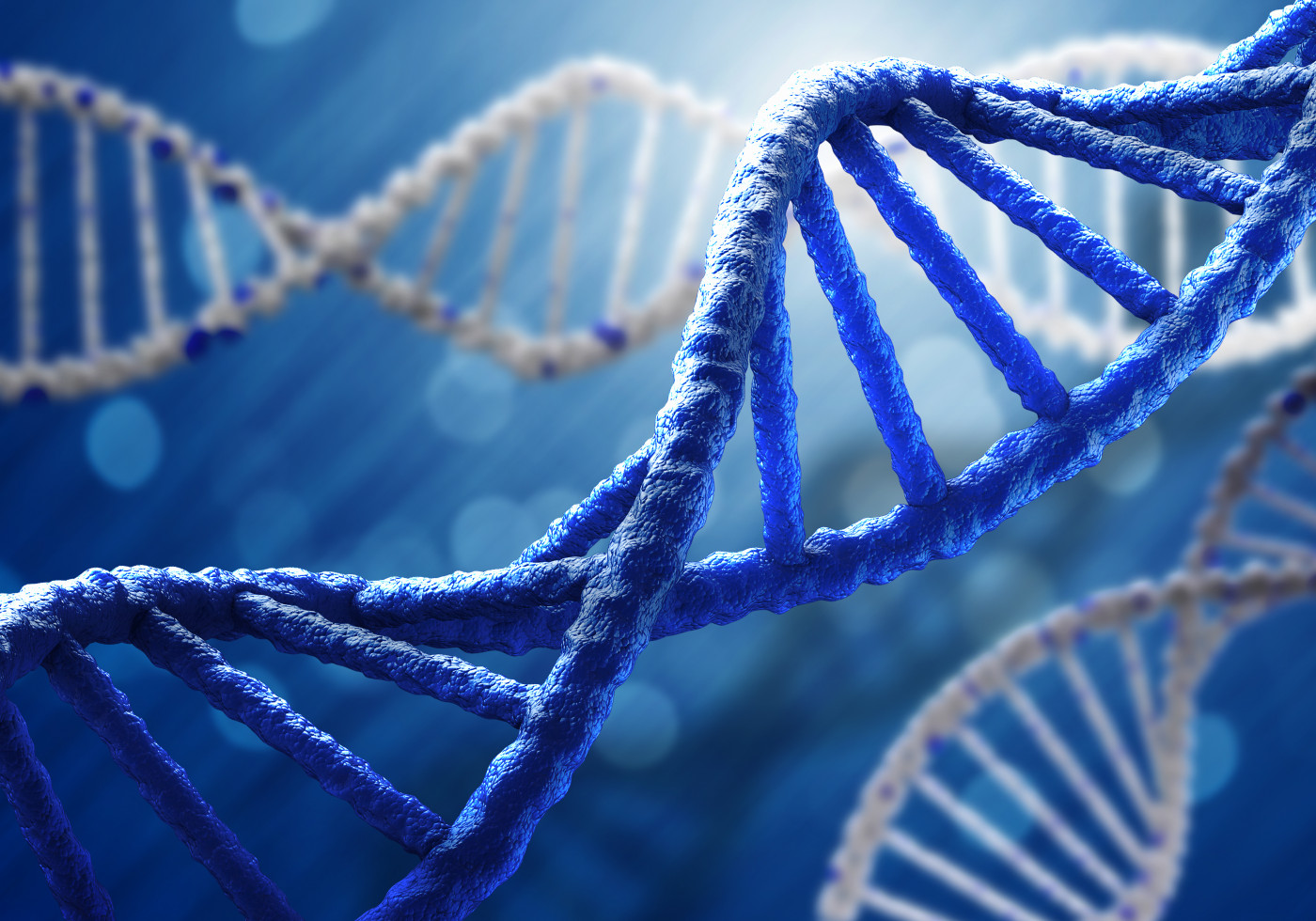Genetic Subtypes Determine Frequency of Psychiatric Behaviors in PWS, Study Finds

The frequency of skin picking and anxiety in people with Prader-Willi syndrome (PWS) depends on their specific type of genetic defects, an eight-year study found.
Treatment with growth hormone (GH) therapy increased the prevalence of anxiety to a different extent in specific genetic groups, the data showed.
The study, “Genetic Subtype-Phenotype Analysis of Growth Hormone Treatment on Psychiatric Behavior in Prader-Willi Syndrome,” was published in the journal Genes.
PWS is mainly caused by the loss or impairment of paternal genes in chromosome 15. The affected genes control metabolism, appetite, growth, intellectual abilities, and social behavior.
Normally, each gene has two copies: one inherited from the mother and one from the father. Loss or deletion of paternal genes associated with the shut down of a region in the maternal chromosome 15 can result in PWS, as the affected region will produce little to none of the proteins needed for normal function. Other processes include the inheritance of two chromosomes 15 from the mother — called maternal uniparental disomy (UPD) — both shut down in the region of interest, and imprinting center defects (ICD) that also silence the parental genes.
The type of genetic mechanism causing PWS is known to influence clinical presentation, in particular changes in behavior and psychiatric complications.
While all PWS patients have an increased risk for developing psychiatric conditions, studies suggest that individuals with maternal UPD have a 60% risk of developing psychotic disorders, while that risk is 20% in those with deletions. In contrast, the general population has a risk below 3.5%.
GH and insulin-like growth factor, important hormones for brain development, are deficient in over 40% of people with PWS, likely contributing to psychiatric disturbances in these patients.
Treatment with GH is believed to make communication between nerve cells stronger, boosting brain growth and improving cognition.
In this study, researchers at the University of California, Irvine (UCI) sought to understand the link between PWS genetic subtypes, GH use, and the prevalence of nine psychiatric behaviors: depressed mood, anxiety, skin picking, nail picking, compulsive counting, compulsive ordering, playing with strings, visual hallucinations, and delusions.
The team analyzed data from an eight-year study conducted through the Rare Disease Clinical Research Network’s Natural History PWS and Morbid Obesity Clinical Protocol.
In total, they evaluated data from 172 PWS patients, all age 8 or older, including 107 (62%) with deletions, 57 (33%) with maternal UPD, and eight (5%) with ICD. Besides UCI, the patients were recruited at the University of Florida, the University of Kansas Medical Center, and Vanderbilt University from September 2006 to July 2014.
A total of 116 patients — 73% of those with deletions and 67% with maternal UDP — were given GH.
Depressed mood affected patients with deletions or maternal UDP in a similar proportion (30% each), while anxiety was significantly less prevalent in those with deletions (57%) versus those with maternal UDP (74%).
The prevalence of skin picking was also significantly different between the groups, affecting 82% of patients with deletions compared to 63% of those with maternal UDP. No statistical differences were seen in the other behaviors.
After adjusting for certain confounding variables, the researchers observed that treatment with GH was associated with a 2.7 times higher rate of anxiety and with a 14 times greater rate of delusions.
In particular, the results showed that GH-treated patients with maternal UPD had a significantly higher prevalence of anxiety — by 7.4 times — compared to those with deletions.
Analyzing genetic subgroups separately, the use of GH was associated with a 3.2 times increase in the prevalence of anxiety among patients with maternal UPD, and with a 2.7 times increase in those with deletions.
Next, the scientists analyzed whether age at GH treatment initiation influenced these behaviors. However, as therapy initiation was strongly correlated with the patients’ ages, no conclusions could be drawn.
Data from 113 participants showed that 32 patients were on GH treatment for up to three years; 31 from four-to-nine years; 35 patients from 10-to-12 years, and 15 patients from 13-to-19 years. No association between GH treatment duration and prevalence of anxiety or delusions was found.
Overall, “this observational study of the largest dataset of PWS patients to date suggested differences in psychiatric phenotype [manifestations] exist between genetic subtypes, namely those with DEL [deletions] were more likely to exhibit skin picking while those with UPD were more likely to experience anxiety,” the researchers wrote.
The results also suggest that the link between GH therapy and psychiatric behaviors differs between genetic subtypes, as “an increased frequency of anxiety was found in the UPD group,” the investigators concluded.
Among the study’s limitations, the team included the fact that psychiatric behaviors were not diagnosed by a mental health professional, but rather provided by a parent/guardian report. Future studies also should include detailed data on the age of onset of psychiatric symptoms, as well as their duration and frequency, the investigators said.






